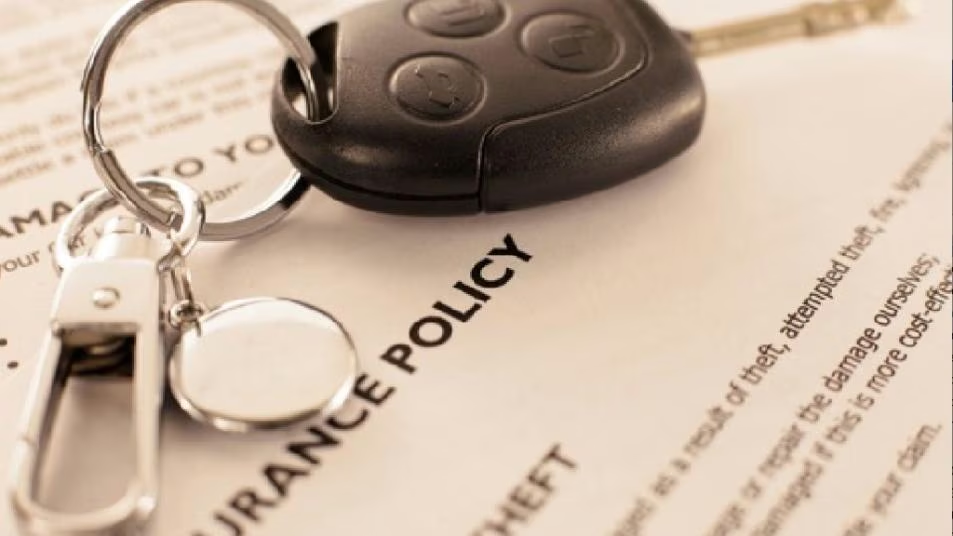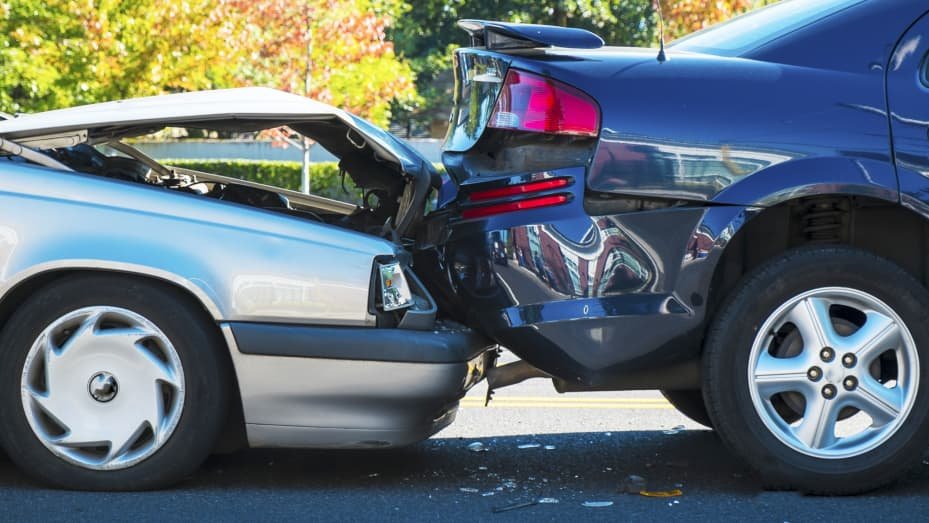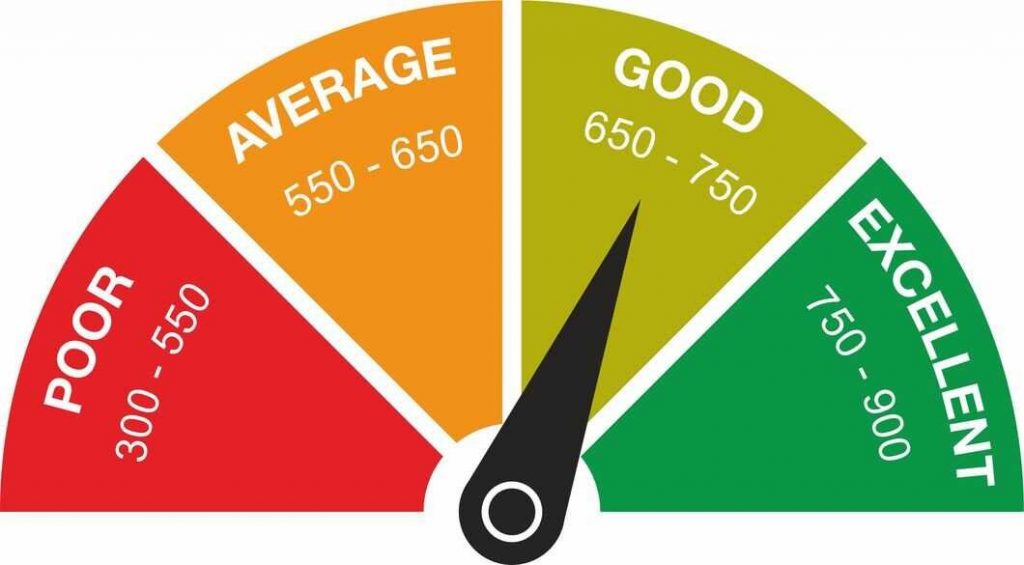
If you’ve ever wondered why car insurance costs seem to eat a chunk out of your budget, you’re not alone.
Many drivers find themselves scratching their heads, trying to understand the reasons behind their hefty insurance bills.
Let’s take a journey to uncover the factors that contribute to high car insurance costs and what you might be able to do about it.
1. Your Driving Record Matters

One of the most significant factors that insurance companies consider when determining your premiums is your driving record. If you’ve had accidents, traffic violations, or worse, a DUI, you’re seen as a higher risk to insure. Insurers use your driving history as a predictor of future behavior on the road. Even a few minor tickets can lead to increased rates because they suggest you might be more likely to get into an accident.
2. Age and Experience Count

Young and inexperienced drivers often face steep insurance premiums. Statistically, teenagers and young adults are more likely to be involved in accidents. This isn’t just about the lack of experience; it’s also about higher risk-taking behaviors associated with youth. As you gain more years of safe driving, you’ll typically see your insurance costs decrease, especially after age 25 when many insurers consider you a more experienced driver.
3. Location, Location, Location
Where you live plays a crucial role in determining your car insurance rates. Urban areas tend to have higher premiums compared to rural ones. This is because cities have higher rates of accidents, theft, and vandalism. For instance, if you live in a densely populated city with heavy traffic and high crime rates, your insurer will likely charge you more. Conversely, small towns with fewer cars and lower crime rates often enjoy lower premiums.
4. The Vehicle You Drive

Not all cars are created equal when it comes to insurance costs. High-end, luxury, and sports cars are typically more expensive to insure. These vehicles are costlier to repair or replace and might be more attractive to thieves. On the other hand, family sedans and SUVs with high safety ratings and lower repair costs usually come with lower insurance rates. Insurers also look at the car’s age, make, model, and overall safety features when setting premiums.
5. Types of Coverage and Limits
The kind of coverage you choose significantly impacts your insurance bill. Comprehensive and collision coverage, which protect your vehicle against damage, can be pricey. If you opt for higher coverage limits or additional coverages like uninsured/underinsured motorist protection, you’ll pay more. Balancing the right amount of coverage with your budget and needs is key to managing costs.
6. Rising Costs of Claims
Several factors drive up the costs that insurers must cover, which in turn, increases your premiums. Medical costs have been rising, meaning bodily injury claims are more expensive. Vehicle repair costs have also gone up, especially with modern cars packed with advanced technology like sensors and cameras. Legal fees and settlements in personal injury lawsuits can further add to these costs. When insurers face higher claim expenses, they pass those costs on to policyholders.
7. Fraud and Claims Frequency
Insurance fraud is a significant issue that affects everyone. Fraudulent claims lead to higher costs for insurers, which they then pass on to all policyholders. Additionally, if you live in an area where insurance claims are frequent, your premiums might be higher. Insurers use data to assess the likelihood of claims in different regions and adjust their rates accordingly.
8. Economic Factors and Inflation

The broader economy also affects car insurance rates. General inflation increases the cost of repairs, medical treatment, and legal fees, all of which contribute to higher insurance costs. When the economy is robust and costs are rising across the board, insurance premiums often follow suit.
9. State Regulations
Car insurance is regulated at the state level, and each state has different requirements for minimum coverage. Some states mandate higher levels of coverage, which can increase your premiums. In states with no-fault insurance laws, your insurer must cover certain costs regardless of who is at fault in an accident, leading to higher rates.
10. Personal Factors: Credit Scores and Driving Habits

In many states, insurers use credit scores as a factor in determining premiums. The reasoning is that people with higher credit scores are generally more responsible and less likely to file claims. Poor credit can result in higher insurance costs. Additionally, your driving habits, such as long commutes and high annual mileage, can also impact your rates. The more you drive, the higher the chance of an accident, which insurers take into account.
Tips to Reduce Your Car Insurance Costs

Now that we’ve covered why car insurance can be so expensive, let’s look at some ways you might be able to lower your premiums:
- Maintain a Clean Driving Record: Avoiding accidents and traffic violations can help keep your rates down.
- Choose Your Car Wisely: Opt for vehicles with high safety ratings and lower repair costs.
- Consider Your Coverage: Evaluate your coverage needs and choose appropriate limits.
- Improve Your Credit Score: In states where it’s considered, a better credit score can lead to lower premiums.
- Bundle Policies: Many insurers offer discounts if you bundle your car insurance with other policies, like homeowners or renters insurance.
- Shop Around: Don’t settle for the first quote you get. Compare rates from different insurers to find the best deal.
Conclusion
Car insurance might seem like a complex and costly necessity, but understanding the factors that contribute to your premiums can help you make informed decisions. By being aware of how your driving record, vehicle choice, location, and personal habits affect your rates, you can take steps to potentially lower your costs. Remember, safe driving and smart insurance choices go a long way in managing your expenses and keeping your car protected.